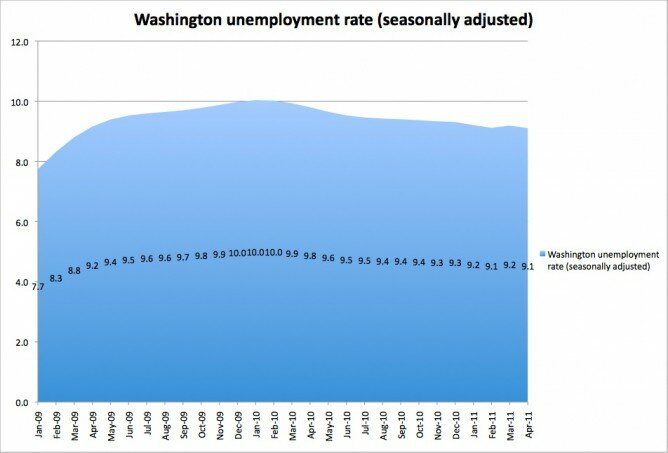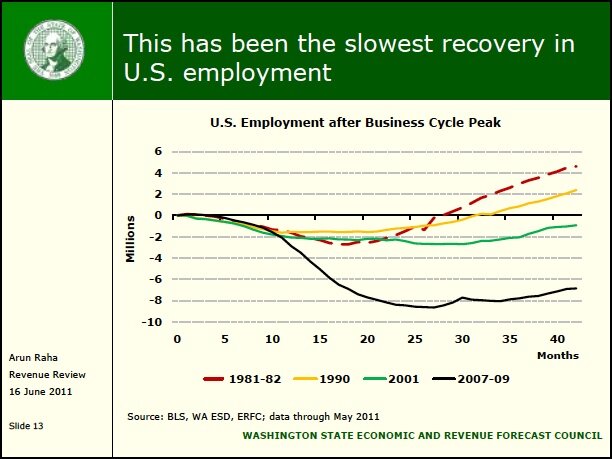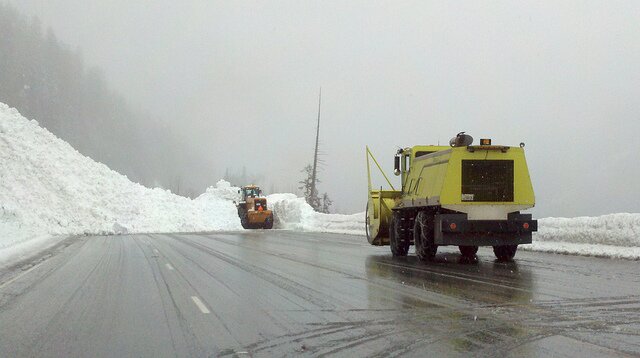As you may by now have heard, Washington voters overwhelmingly approved Initiative 1183! This historic vote ends our state government’s unAmerican monopoly on liquor sales and/or turns our state’s highways into a giant game of drunken bumper cars, depending on if you work for Costco or not.
Of course, the question you and I want to know is: When is Safeway going to start selling me some damn George Dickel?
Here are the facts as I have cribbed them from various news sources.
- Stores can start selling liquor on June 1, 2012 (just 205 days away!)
- Prices won’t go down that much, since we retained our state’s high liquor taxes.
- Only stores that are 10,000 square feet or more will be able to sell liquor (that’s about the size of the average Trader Joe’s, according to the Tacoma News-Tribune)
- Don’t get too excited, owner of a 10,000-sq. ft.-retail space! You still have to apply for a license to sell liquor from those pesky state bureaucrats.
- Also, pesky city and county bureaucrats will be passing regulations about where liquor stores can be. So if your 10,000-sq.-ft. retail location is next door to an elementary school, church/mosque/wiccan magic circle, hospital, or other place where sobriety is highly recommended, you may be S.O.L!
- All the state-owned liquor stores will quit business by June 1, no matter what Bartleby says. Some state liquor stores are run by third-parties–those folks will be able to stay in business (even if they are smaller than 10,000 sq. ft.) but will have to buy their inventory from the state.
So, to recap, June 1, 10,000 feet, bureaucrats. Happy drinking, Washington!
(Photo of George Will and wife via Facebook)








